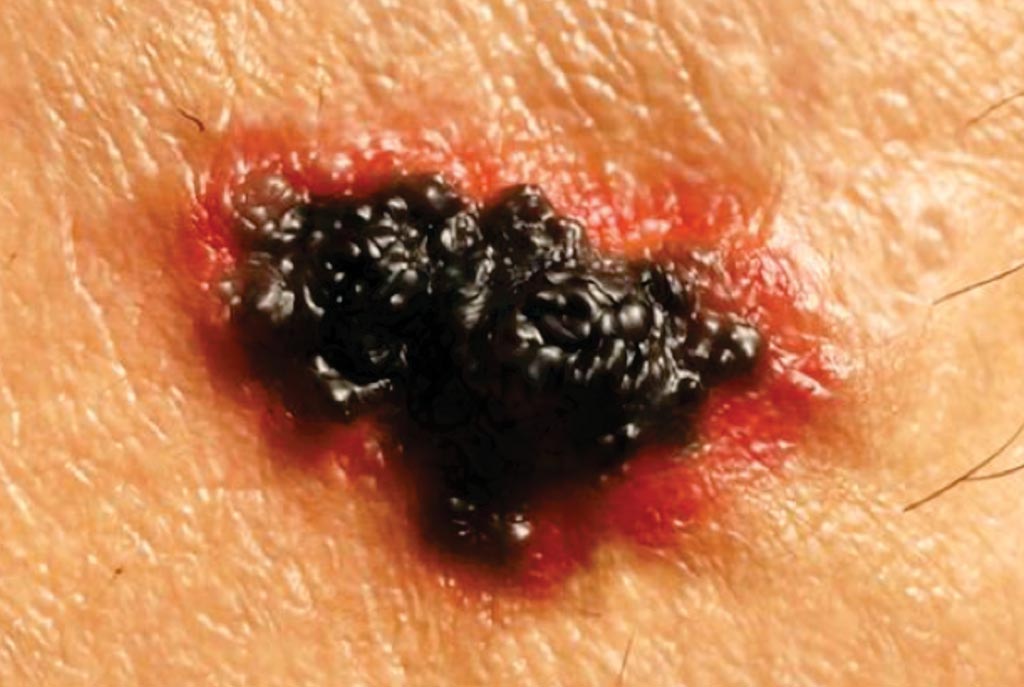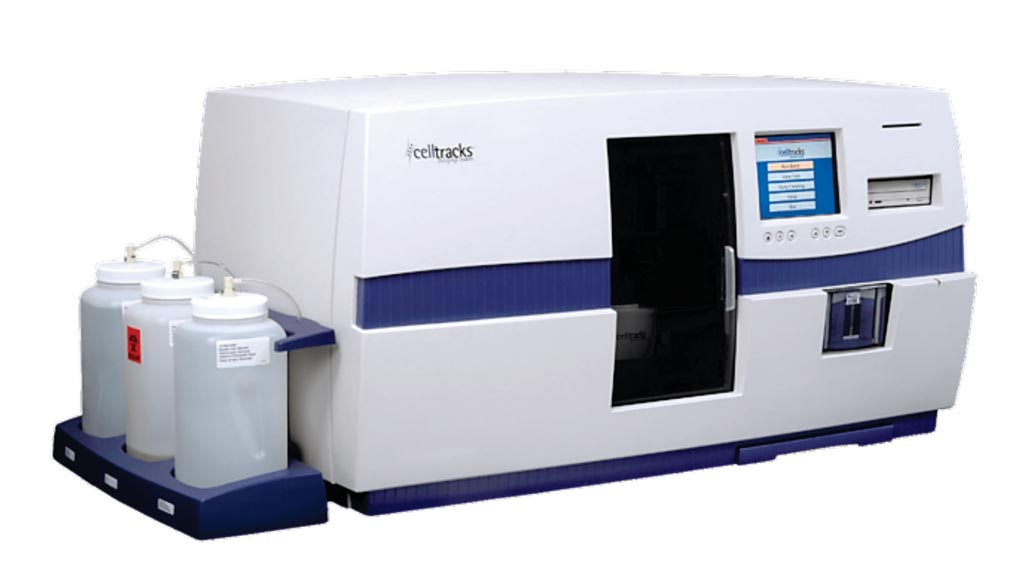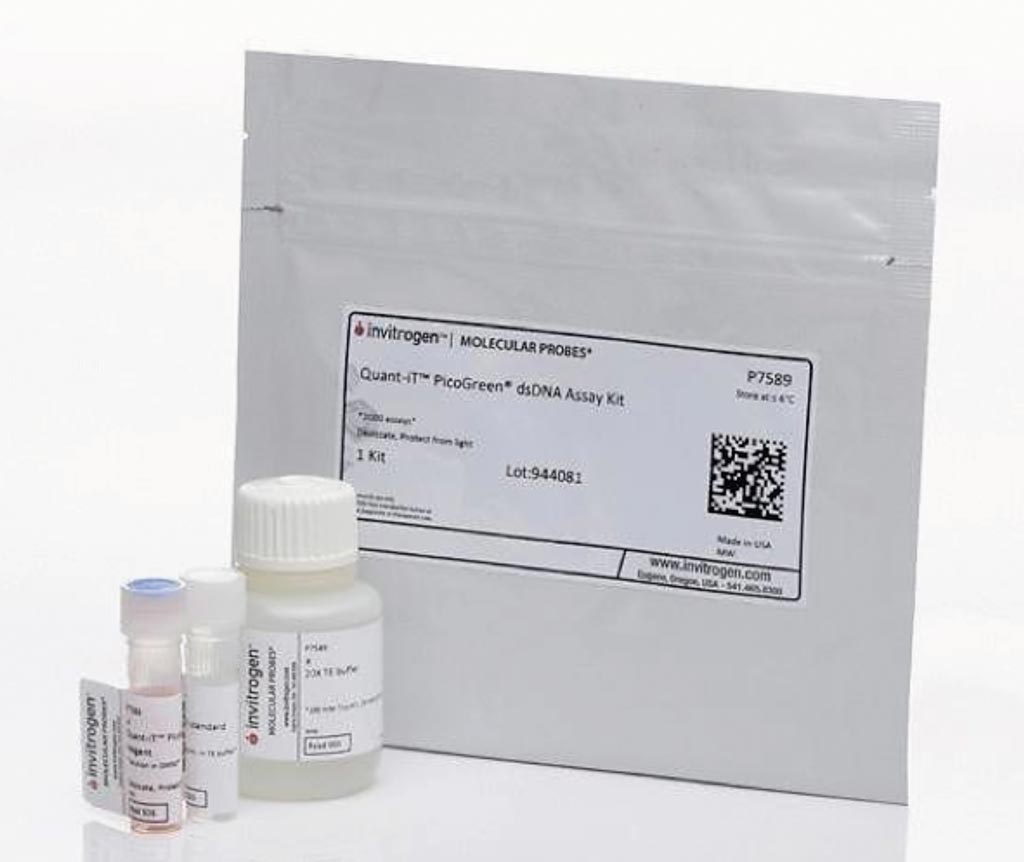Pathology

Circulating Tumor DNA Detects Early Melanoma Growth
According to the National Cancer Institute, there were 91,270 new cases of melanoma in 2018, making up more than 5% of all new cancer cases. There were 9,320 estimated deaths in 2018, and 91.8% of patients survive five years or longer. More...11 Dec 2018
Methylation-Based Liquid Biopsy Test Detects Liver Cancer
Hepatocellular carcinoma (HCC) represents about 75% of liver cancers in the USA and already has well-established screening criteria focused largely on individuals with cirrhosis, who are screened every six months using ultrasound with or without blood testing for alpha- fetoprotein, according to guidelines. More...06 Dec 2018

Liquid Biopsy Detects Cancer across Multiple Biomarkers
Although biomarker-directed therapy is in its infancy in prostate cancer compared to some other tumor types, there is a great need for predictive biomarker testing, and great interest in noninvasive methods. However, comprehensive analysis of patients' cell-free DNA has been limited to date. More...06 Dec 2018

Genes Identified That Predispose People to Chronic Kidney Disease
Chronic kidney disease (CKD) affects 10% to 15% of the population worldwide and is now recognized as the most rapidly increasing contributor to global burden of disease. The costs related to CKD and end-stage renal disease (the terminal manifestation of CKD) are an enormous burden for all healthcare systems around the world. More...05 Dec 2018
Levels of IgA Nephropathy Associated with Disease Severity
IgA nephropathy (IgAN) is the most common cause of primary glomerulonephritis. IgAN is associated with a poor prognosis, about 20% to 40% of patients with IgAN progress slowly to end-stage renal failure 20 to 25 years after diagnosis. More...03 Dec 2018
Sensitive Tumor Detection Uses Cell-Free DNA Methylomes
A combination of "liquid biopsy," epigenetic alterations and machine learning has been used to develop a blood test to detect and classify cancer at its earliest stages. The method holds promise of being able to find cancer earlier when it is more easily treated and long before symptoms ever appear. More...27 Nov 2018

Biomarker Found for Prostate Cancer Treatment Response
Prostate cancer is one of the most common cancers in males and has one of the highest five-year survival rate when diagnosed in the localized stage. When diagnosed in the advanced stage or when a localized tumor relapses after the initial local treatment, the usual procedure is to fight it using male hormone (androgen) deprivation therapy. More...27 Nov 2018
In Other News
Genetic Basis of Childhood-Onset Cardiomyopathies Identified
Potential Brain Tumor Liquid Biopsies Developed
Genetic Test Helps Patients Avoid Unnecessary Thyroid Surgery
Chromaffin Cell Tumors Diagnosed by Plasma Panel
Breast Cancer Risk Variant Type Determines Tumor Aggressiveness
Generic Test Developed for Early Detection of Cancer
HPV DNA Test Monitors Remission in Oral Cancer
Resistance of Tumor Cells to Cancer Drugs Detected
Dormant Disseminated Tumor Cells Stratified in Breast Cancer Patients
Fatal Prostate Cancer Differentiated from Manageable Cancer
High-Risk HPV Evaluated for Invasive Cervical Cancer
Prognostic Value of Blood Cell Counts Investigated
CD MicroRNA Marks Subtypes with Differing Outcomes
Novel Technology Enables Detection of Early-Stage Cancer
Epigenomic Method Developed to Detect Pancreatic Cancer
Test Identifies More Treatable Cancer Mutations Than Biopsies
Novel Fecal Biomarker Found for Colorectal Cancer
Microbiome Alterations Influence Lung Disease Prognosis
Test Developed for Uterine Infections Impacting Fertility
Disease-Associated Variants in Genes Allow Early Diagnosis
Urine Biopsies Help Monitor Bladder Cancer Treatment
Liquid Biopsy Identifies Chronic Liver Diseases
Standalone HPV Testing Recommended for Cervical Cancer Screening
The Pathology channel details advances in the field of Surgical Pathology and all its subspecialties, including Cytopathology and its subspecialties.











